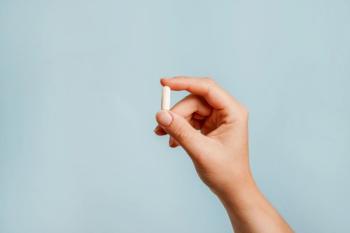
Expert: Education of Providers, Patients Key to Biosimilar Uptake
Savings associated with biosimilar uptake are projected to reach $181 billion through 2027.
It’s no secret that medications are expensive. Biologic therapies account for only 2% of drugs on the market, but represent 46% of drug spending.1 Biosimilar medications are an answer to these high costs: As some of the most expensive—and most used—biologic drugs reach the end of their exclusivity window, biosimilars are projected to reach $181 billion in cost savings through 2027, according to Cardinal Health’s 2024 Biosimilars Report.1
“It is more important than ever that all stakeholders of the health care ecosystem understand the significant benefits biosimilars offer to patients, providers, practices, and payers alike, said Fran Gregory, PharmD, MBA, vice president of emerging therapies at Cardinal Health, in a press release.2 “The savings generated by biosimilars will play an increasingly important part in creating a balance between funding innovative new treatments and reducing the overall financial burden on the health care system.”
Gregory sat down with Drug Topics at AXS24, the Asembia Specialty Pharmacy Summit, to dive deeper into
“As a pharmacist myself, I think our role is critical in ensuring uptake of biosimilars in a few areas,” Gregory said. Education is one of those areas: In addition to educating themselves, pharmacists should be prepared to share that knowledge with other health care providers and patients. “The education coming from a health care provider to a patient is one of the most critical aspects of making sure that a patient accepts that treatment and believes that it’s as effective as the reference product.”
The Asembia Specialty Pharmacy Summit was held April 28 to May 2 in Las Vegas, Nevada.
References
2024 Biosimilars Report. Insights on a pivotal year of evolution and expansion. Cardinal Health. Accessed May 1, 2024.
https://www.cardinalhealth.com/content/dam/corp/web/documents/Report/cardinal-health-2024-Biosimilars-Report.pdf Cardinal Health annual research report examines milestone year in biosimilars. News release. Cardinal Health. February 29, 2024. Accessed May 1, 2024.
https://www.prnewswire.com/news-releases/cardinal-health-annual-research-report-examines-milestone-year-in-biosimilars-302075391.html
Newsletter
Pharmacy practice is always changing. Stay ahead of the curve with the Drug Topics newsletter and get the latest drug information, industry trends, and patient care tips.















































































































